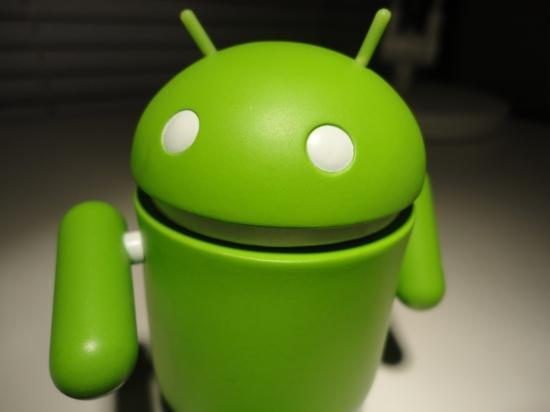
Android is taking over the world. No matter where you go, you're almost guaranteed to run into an Android-powered device or something with the little green robot plastered all over it. Being open source and free, that cute little green guy has caught the attention of consumers and electronics makers around the world, and this is only the beginning.
Cell phones aren't the only electronic devices that have become “smart” over the past decade either. Through the use of a simple operating system and display, refrigerators, printers and literally every other household appliance can now do more than we ever imagined. And they're only going to become more integrated and "smarter" as mobile operating systems are more openly adopted for non-mobile uses.
Before Android made it to consumer hands, it was mostly unknown to the world – except for those few super geeks that followed it form birth. Back then, manufacturers that wanted to implement software into appliances or simple electronics would have had to either code their own software from scratch or use Linux – which can often be a better option than starting from scratch, but still requires a lot of tweaking and shaping to get it to do exactly what you want it to do on such a low level.
Fast forward half a decade and Android is now the most popular mobile operating system worldwide. It is slated to power over half of the smartphones in the world before the end of next year – it will likely happen long before then – and it doesn't stop there. Android is some of the most versatile, flexible software a company can use. And best of all, it's entirely free. More companies are looking to add extra functionality to their electronics and appliances, using Android to power things like alarm clocks, televisions and refrigerators, instead of creating their own software. Using Google's pre-baked software, they can easily tweak the platform to do what they need, make it look exactly how they want and load it onto their appliances with minimal effort and cost.
A prime example of Android's versatility and the beginning of the platform's expansion beyond the mobile realm comes from Boeing. According to a report which originated on Australian Business Traveler on Thursday, the aircraft makers have decided to fit their new class of 787 Dreamliners with Android. The devices will range from 7- to 17-inches and will be made by either Panasonic of Thales. Since the larger displays will be far out of reach of customers, they will not be touchscreen, but controlled by simple hand gestures instead. Imagine that. It is said that the in-flight Android machines will not have your run-of-the-mill Market access either, but will be fitted with "airline-specific apps."
So what's next? Where will we see Android in the future? The first move has already started toward the automotive industry. Several companies showcased Android-powered car audio receivers at CES in January. Both Parrot, a maker of Bluetooth accessories and other mobile attachments, and Ca-Fi announced their car stereos in the past month – I have no doubt that more are on their way. And the upcoming Intel support from Android is sure to pick up some interests in the PC market. Maybe we'll see a Windows/Android dual-booting ultrabook down the road somewhere.
Personally, I'd like to have Android built into my bathroom mirror or maybe my home printer. The possibilities are literally endless. What do you guys think? What all will Android power in the not too distant future? Does an Android-powered car audio system pique your interests? What about an in-flight Android-powered entertainment system?